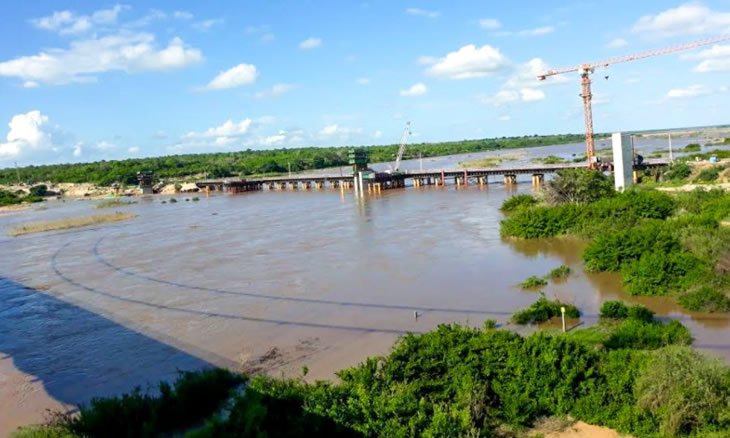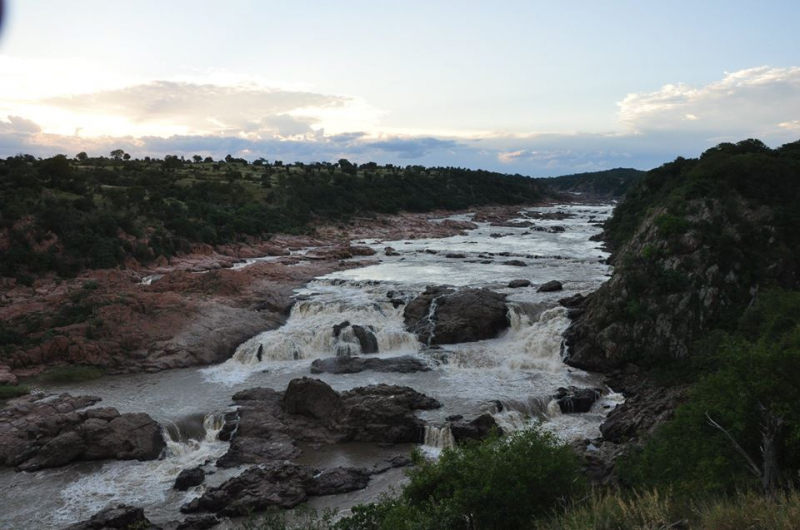Save

One of the longest rivers in Zimbabwe is Save River, sometimes known as the Sabi River (Portuguese: Río Save), is a 400-mile-long (640-kilometer) river in southern Africa that flows between Zimbabwe and Mozambique. The river originates in Zimbabwe, approximately 80 kilometers (50 miles) south of Harare, and runs south and then east from the Zimbabwean highveld to its confluence with the Odzi River. It then runs south, over the Chivirira ("Place of Boiling") Falls, and down the western side of Zimbabwe's Eastern Highlands, producing a dry river valley in the rain shadow of these mountains. At the Mozambique border, it is joined by the Runde River or Lundi, making a spectacular confluence at Mahenya. It then flows across Mozambique before entering the Indian Ocean at roughly 21° South.
The Save River was originally used to irrigate sugar plantations, but it is currently used to grow citrus, cotton, rice, and wheat. It also serves as a source of small-scale fishing for the locals.
Mozambique is divided administratively, politically, ethnically, and ecologically:
- The administrative units of the territory south of the Save varied over time throughout the colonial era, but the districts of Gaza and Inhambane lasted the longest; now, the Save separates the provinces of Gaza and Inhambane to the south from those of Manica and Sofala to the north.
- Politically, the "south-of-the-Save" might be regarded as Frelimo's heartland, whilst the territory immediately to the north is more supportive of Renamo;
- The Save divides ethnic groups that speak Shangaan (or Xi-Tsonga) in the south from those that speak Shona languages in the north.
- Ecologically, as the Save flows into the Indian Ocean, its mouth corresponds to the separation of tropical marine ecosystems to the north from subtropical; terrestrial ecosystems show less variation along the coastal plain north and south of the river, but inland, where the Chimanimani Mountains begin, a montane forest develops that is completely different from the forests found in the south.
The Save River delta contains mangrove trees that stretch for around 100 kilometers (62 miles) along the Indian Ocean coast. The mangrove woods are used by villagers in the delta basin for timber and as a venue for small-scale fishing. Cyclones, floods, erosion, and sea-level rise have all had an impact on the ecosystem of the lower Save River basin.
Length: 249 miles







